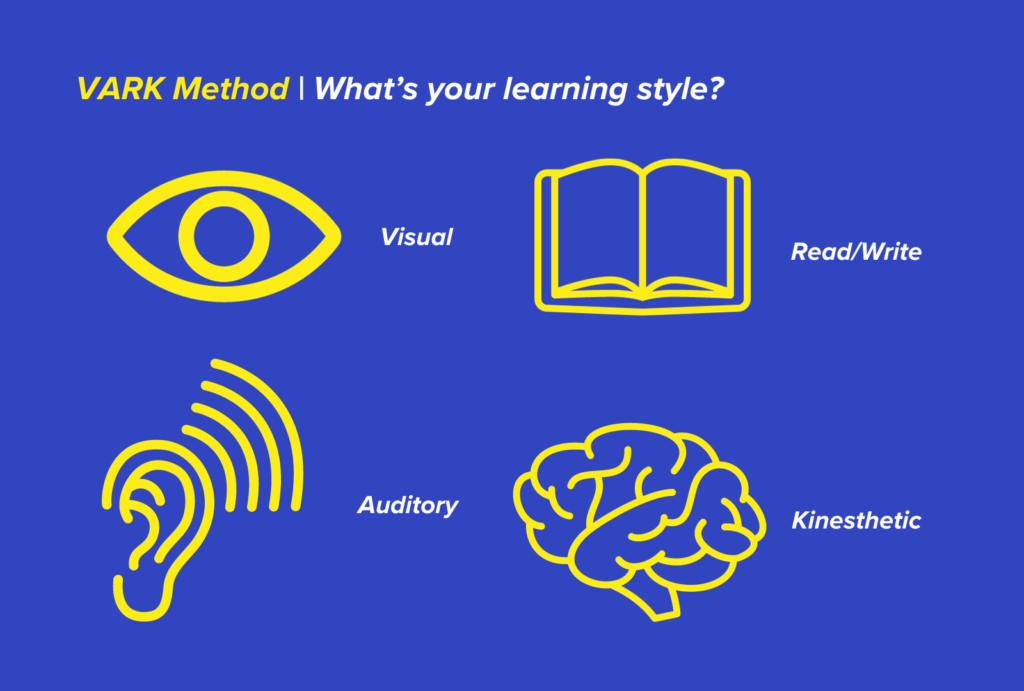How to Conduct a Self-Audit on Learning Styles
Written by Anna Shur-Wilson

After speaking with colleagues and friends in the industry, you’ve finally narrowed down what new technical skill you’d like to focus on to advance your career. You’re excited to get started, so you dive into a course, program, or resource as quickly as possible. However, keeping the momentum with external pressures at work and busy personal life can be challenging. As you encounter roadblocks or challenges with your learning, you’re unsure what to do!
Once you’ve decided to tackle a new skill, carve out time to evaluate resources to see if they fit your learning style. Not every resource is a good fit for every engineer. Reflecting on your learning style before starting a learning opportunity can save you time, effort, and even money in the long run.
One way to reflect on your learning style is to consider a common challenge you might face in your non-professional life. For example, many of us have tried to put together furniture to varying degrees of success and frustration. If you aren’t a professional furniture maker, you are relying on the guidance of the instructions, and how you go about them can tell you a lot about your learning style.
So, think about how you would assemble a simple piece of furniture! Which situation seems most like how you would approach the challenge?
- Read through the instructions thoroughly before starting the project
- Start the project right away while reading along the instructions
- Start the project and return to instructions when needed
- Head straight online to watch a video instead of reading the instructions
- None of the above – call and pay a professional
If you chose the first option, Reading, this may mean that you work best when you read through and understand the theory behind something before practicing. The second option speaks to someone who likes to have practical experience immediately. If you chose the third option, you could be someone who benefits from hearing directly from experts. If you chose option four, you might be someone who needs to invest not only time but also money to get things done.

If you have additional time, another way to evaluate your learning style is to take a VARK questionnaire. The VARK method breaks down learning into Visual, Auditory, Read/Write, and Kinesthetic styles. Many of these questionnaires give tips on locating resources that work best for you. You will also find that different approaches work for you depending on your goal, availability, and funding.
Once you determine your learning style, check out Women Who Code’s resources – blogs, videos, podcasts, and live in-person or digital events. Everyone can find an experience that fits their learning style.